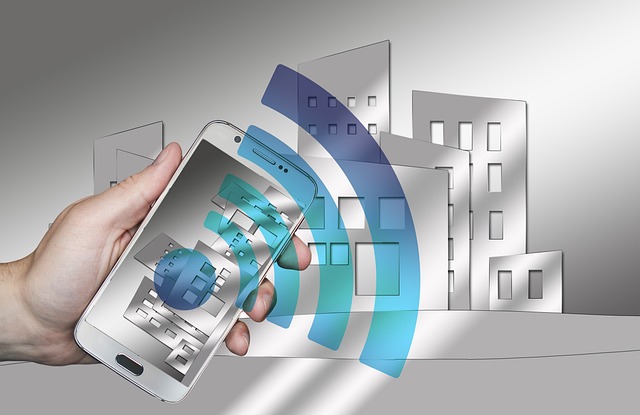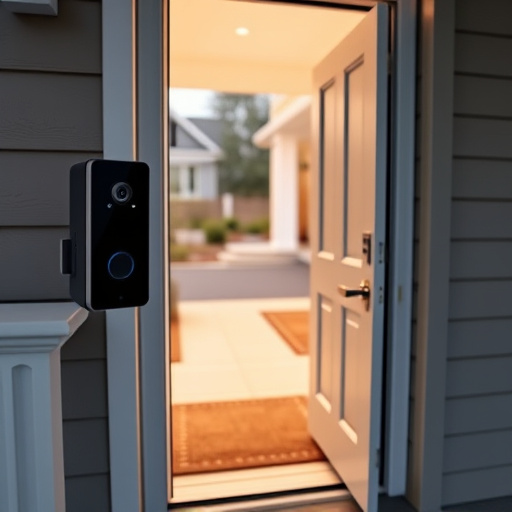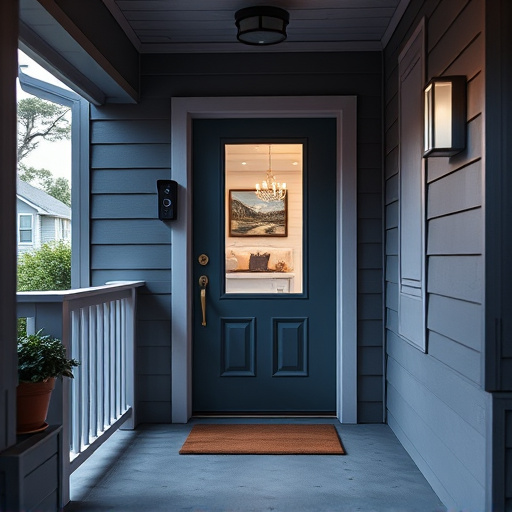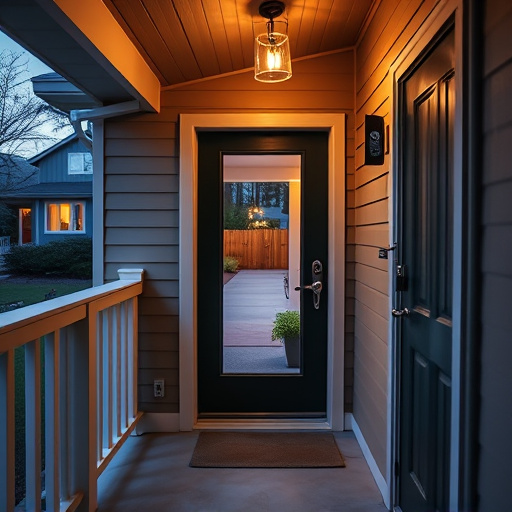Professional security monitoring offers 24/7 protection with advanced tech like HD cameras and motion sensors, connected to a central station for instant alerts and response. Homeowners can remotely access live feeds, enhancing deterrence and response times. However, evaluating providers is crucial due to potential privacy concerns, high costs, false alarms, and lengthy contracts. A thorough security service evaluation ensures the chosen monitoring solution offers benefits like enhanced safety, convenience, and peace of mind while minimizing drawbacks. Key assessment factors include internet stability, equipment quality, and sensor limitations for comprehensive home protection.
Home security monitoring has become a popular way to protect what matters most. From understanding the basics of professional security monitoring to evaluating its drawbacks, this article offers a comprehensive guide. We explore how these systems work and key components involved. Balancing the pros and cons, we weigh the advantages against potential drawbacks, highlighting benefits like enhanced safety and peace of mind. Additionally, we delve into challenges and considerations for assessing monitoring services, helping you make an informed decision based on your security needs and budget.
- Understanding Professional Security Monitoring: How It Works and Key Components
- Home Monitoring Pros and Cons: Weighing the Advantages Against Potential Drawbacks
- Benefits of Home Monitoring: Enhancing Safety, Peace of Mind, and Lifestyle
- Drawbacks and Limitations of Monitoring Services: Common Challenges and Considerations for Service Evaluation
Understanding Professional Security Monitoring: How It Works and Key Components

Professional security monitoring is a comprehensive approach to safeguarding your home and family, offering a range of benefits for those seeking peace of mind. It involves a combination of advanced technology, skilled professionals, and real-time response strategies. The process typically starts with the installation of sophisticated security equipment tailored to your property’s unique needs. This may include high-definition cameras, motion sensors, glassbreak detectors, and panic buttons strategically placed throughout your home. These components are then connected to a central monitoring station staffed by trained professionals who watch over your property 24/7.
When triggered by suspicious activity or an emergency, the monitoring service immediately notifies you and sends help. They also provide remote access to live video feeds and alerts, allowing homeowners to monitor their properties from anywhere using their smartphones or tablets. This real-time connectivity offers significant advantages, such as quick response times during break-ins and the ability to deter potential intruders. However, it’s essential to evaluate various security service providers based on factors like response time guarantees, monitoring areas covered, false alarm prevention measures, and customer support, ensuring you get the most from your chosen home monitoring pros and cons.
Home Monitoring Pros and Cons: Weighing the Advantages Against Potential Drawbacks

Home monitoring offers a multitude of benefits for those seeking enhanced safety and peace of mind. The advantages of professional security monitoring are significant, including 24/7 protection, immediate response to alerts, remote access to live feeds, and advanced technology like motion sensors and glass break detectors. These features allow homeowners to stay connected to their property, deter potential intruders, and receive swift assistance in case of emergencies.
However, evaluating home monitoring services also reveals certain drawbacks. Privacy concerns arise due to constant surveillance, especially with data storage and access. Installation costs can be high, and contracts may lock users into lengthy agreements. Additionally, false alarms, depending on system sensitivity and environmental factors, can lead to unnecessary stress and potential fees. A thorough security service evaluation is crucial to weigh these pros and cons, ensuring the chosen monitoring solution aligns with individual needs and preferences while mitigating potential drawbacks.
Benefits of Home Monitoring: Enhancing Safety, Peace of Mind, and Lifestyle
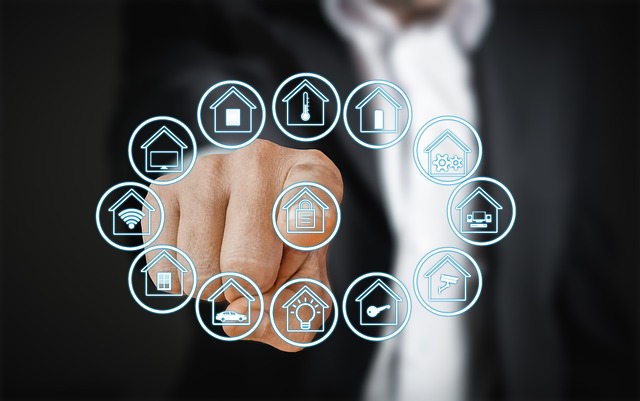
Home monitoring offers a multitude of advantages that significantly enhance homeowners’ safety and security. One of the primary benefits is the sense of peace of mind it provides. With professional security monitoring, homeowners can rest assured that their homes are being watched 24/7 by trained professionals who respond swiftly to any potential threats or unusual activities. This real-time surveillance deters burglars and other intruders, serving as a powerful deterrent that can potentially save lives and valuable possessions.
Moreover, home monitoring contributes to an improved lifestyle for homeowners. It allows them to live without constant worry about their home’s security. Advanced monitoring systems equipped with smart technology enable remote access and control over various aspects of the home, such as lighting, temperature, and security devices. This integration seamlessly blends security with modern convenience, providing a safer and smarter living environment. Security service evaluation becomes easier for homeowners who can now make informed decisions based on the numerous benefits of professional monitoring services.
Drawbacks and Limitations of Monitoring Services: Common Challenges and Considerations for Service Evaluation
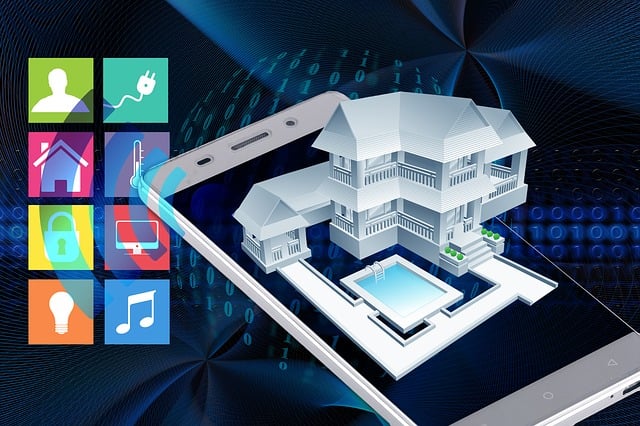
While professional security monitoring offers numerous benefits, such as 24/7 protection, rapid response to alerts, and remote access, it’s important to also consider its drawbacks and limitations. Many monitoring services face common challenges that can impact their effectiveness and reliability. These include reliance on internet connectivity, potential false alarms, limited coverage areas, and varying quality of service from different providers.
When evaluating a security monitoring service, it’s crucial to assess these factors. Poor internet connections or downtime could delay response times, while outdated equipment or subpar monitoring protocols might lead to missed alerts. Additionally, understanding the service area and any limitations on the number of sensors or devices monitored is essential for ensuring comprehensive protection for your home.

